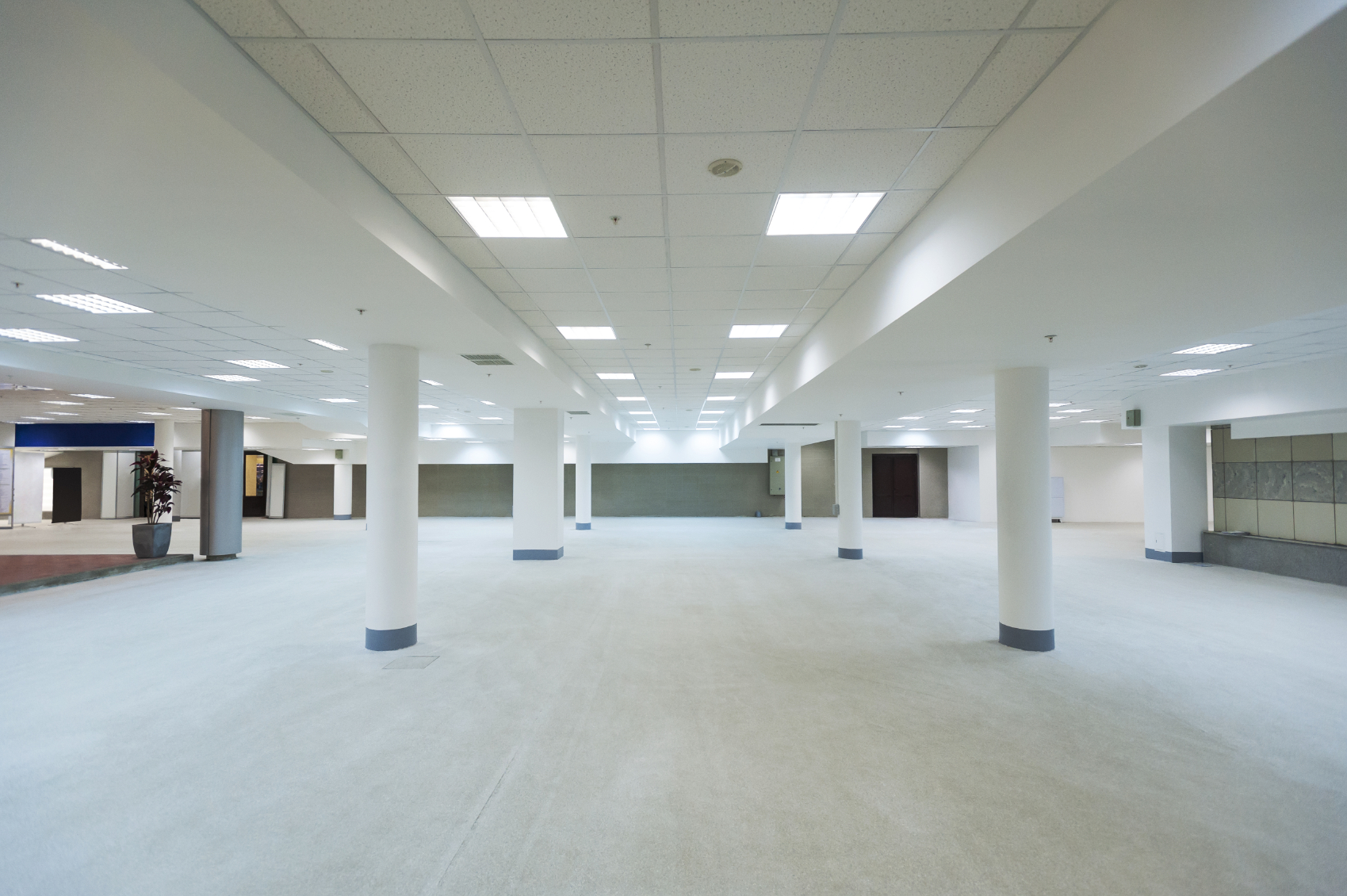
Over the years we have seen numerous claims about energy usage that are flat out wrong. Keep reading to uncover the truths behind these myths.
It Takes More Energy to Turn my Lights On and Off Than to Leave Them On
This myth is one that I remember from way back when I was in short pants. The claim is that lights draw a significant amount of energy when they are turned on, thus it saves energy to leave your lights on when running errands or the like. While it is true that some types of lights draw higher amperage initially at startup, the duration that the increased amperage draw occurs is only a a split second at most.
This general principle applies to other equipment as well, including televisions and computers.
There are other reasons to leave your lights on, but energy savings is not one of them. HID lamps, for example, have to warm up to reach full light output. This re-strike time can take up to ten minutes.
Lamp and ballast life is another concern when turning lights on and off. With fluorescent lighting there are two main types of ballasts: Instant start and programmable start. Instant start ballasts are cheaper and marginally more energy efficient. However, instant start ballasts will only last for about 20,000 starts as opposed to 50,000 starts for programmable start ballasts. Instant start ballasts also cause more wear on lamps when they are cycled on and off, leading to reduced lamp life. For this reason programmable start ballasts are recommended for applications where lights will be turned on and off frequently, e.g., occupancy sensor applications.
If I Turn My Thermostat Down, it Takes More Energy to Warm the Building Back up Than I Would Save by Turning it Down
Doesn’t this sound eerily similar to the first point? Again there is no basis in physics for this statement. It is true that it does take energy to warm the building back up, but that is not where the savings from temperature setback are derived. The savings principle of temperature setback is reduced losses. When your house or building temperature is set at 70F, there are more transmission losses through the walls and roof as opposed to when the temperature is set at 55F. Transmission losses are directly proportional to the temperature difference between the indoor and outdoor temperature. The same principles apply during the cooling season.
Another related item I would like to address is warm-up and cool-down time. A building does not warm up any faster by setting the temperature over the desired set point. All this will accomplish is overshooting the set point and wasting energy.
Soft Starting Motors Reduce Utility Demand Bills
Many times, “soft start” controls or variable speed drives are used to start motors gradually in order to reduce equipment wear and lengthen it’s life. While it is true that soft starts will reduce the in-rush or start-up current of a motor, this reduction will not appear on utility bills. The reason for this is that utilities bill peak demand on a fifteen-minute basis. The peak demand is determined by finding the fifteen-minute period in the month where the largest amount of energy is used. The demand during that period is then averaged. Motor in-rush current only lasts for a few seconds at most, depending on the size of the motor and the load. As you can see, a few seconds will be insignificant when it is averaged over a fifteen-minute period.
My Old Boiler is Very Inefficient
We consistently see old boiler efficiency estimates in the 65-70% range. If a boiler is properly sized and maintained, the age of the boiler has no bearing on it’s efficiency or lack there of. We have seen 40-year-old boilers test out at 80+% efficiency. The fact of the matter is, except for electronic controls and condensing boilers, boiler technology has not changed much in the past half a century. If you really feel that your boiler is inefficient, look into replacing it with a condensing style boiler or a more appropriately sized one to get that significant jump in efficiency.
My Reciprocating Air Compressor is Inefficient
Here is another similar misconception we encounter. Reciprocating air compressors are not inefficient. In fact, they can be more efficient than screw compressors in certain cases. Typical full load efficiency for a 25 HP screw compressor is 25.7 brake horsepower per 100 cfm. The same size reciprocating air compressor has a typical full load efficiency of 26.4 brake horsepower per 100 cfm. Not a large difference. On top of that, reciprocating compressors unload more efficiently than almost all other unloading types, sans VFDs. Remember, just because it is old does not mean that it is inefficient.
Conclusion
When it comes to energy usage, don’t believe everything you hear. If you have questions regarding energy-using technologies or outrageous claims, contact an energy professional for answers.




